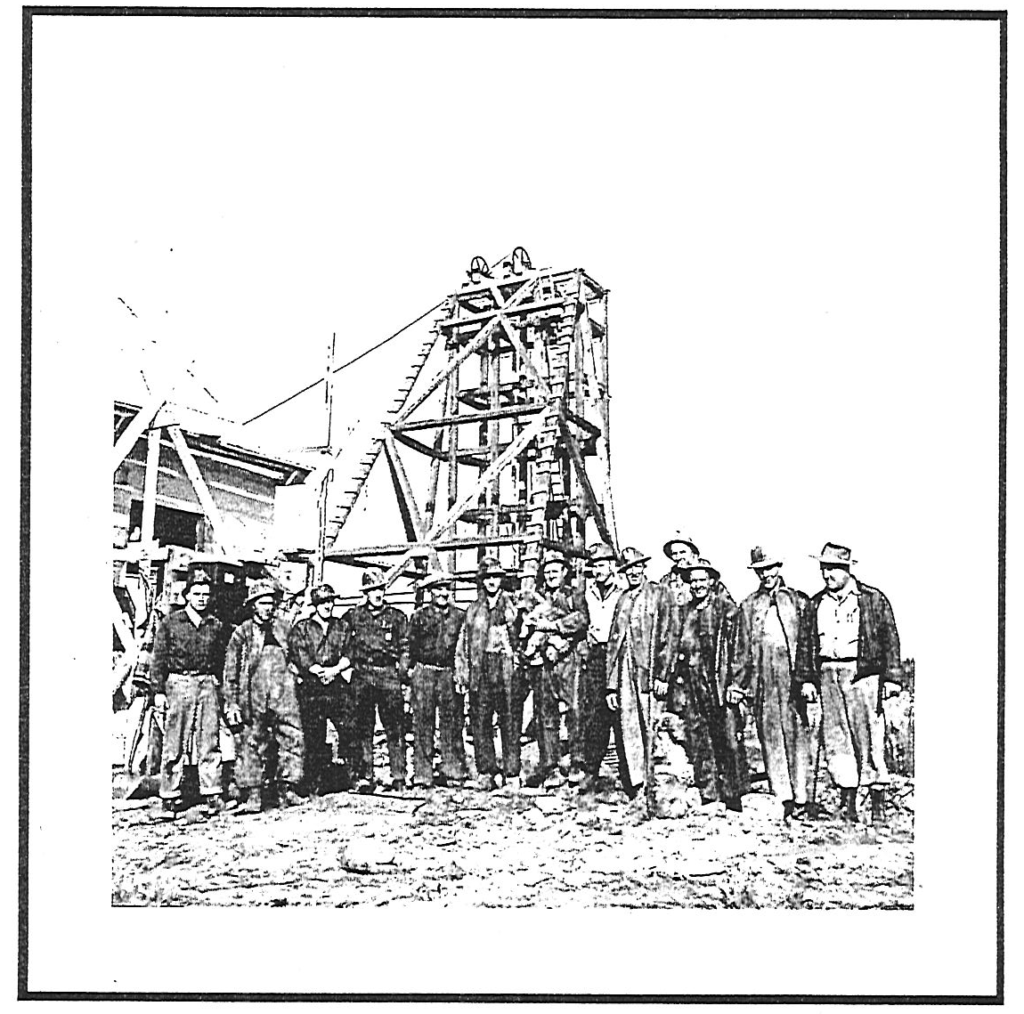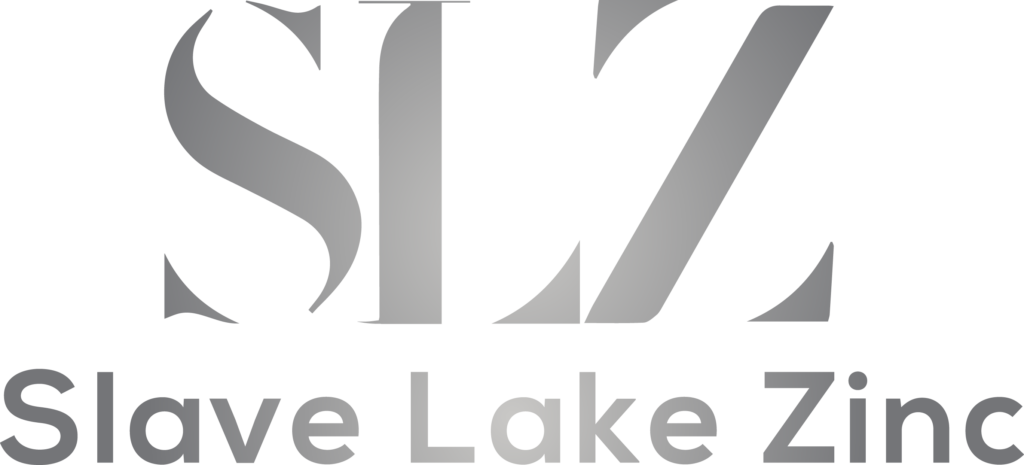In 1948 prospectors from Yellowknife NWT, following up on earlier leads, discovered high grade lead-zinc -silver -copper showings at O’Connor lake and staked the MWK property. They conducted prospecting and trenching programs on the main zones in 1949 and 12 holes of core drilling in 1950. In 1951 American Yellowknife Gold Mines purchased the claims and started a program of diamond drilling. American constructed a 45-mile winter access road from Rocher River using two D-7 bulldozers in 1952. After drilling an additional 55 core holes the Company moved mining equipment to the site. During 1952 American sank a 3-compartment shaft to a depth of 180 feet (55 meters) and cut a shaft station at the 150-foot level. Lateral development consisted of a 38-meter crosscut and 62 meters of drifting along the mineralization. A test shipment of 35 tons of ore was sent to the CM&S smelter at trail for metallurgical purposes for mill design. The MWK campsite at the time consisted of cookhouse, bunkhouse warehouse, office and a mine managers residence. A total of 30 people were employed at the mine on 1952. Operations were suspended at the end of 1952 to await better metal prices and the future large-scale developments at Pine Point to the west. American removed the mine equipment to place their uranium mine near Yellowknife into production. The company, re-named Rayrock Mines, maintained the MWK claims until the late 1960’s by when the company had moved their operations to Nevada. The property lay idle until acquired by present ownership in 2002. The current owners (Slave Lake Zinc) have conducted programs of prospecting, confirmation trench sampling and geophysical surveys. The company has also surveyed the property and taken the claims to lease, renewable at 21-year intervals.
1948
Discovered in 1948 by prospectors indicating high grade zinc, lead, copper, and precious metal showings at O’Connor Lake
1948
1950
12-hole 243.84m x-ray Diamond Drilling was completed. A total of 26.3 tons of hand cobbed ore, from an open cut, was shipped to the smelter at Trail, B.C., where it assayed 55.0% lead, 13.5% zinc and 2.7 Oz’s. silver per
ton.
1951
American Yellowknife Gold Mines purchased the claims and started a program of diamond drilling of 50 holes 3881.62 m and constructed a 60 km winter access road from Rocher River
1952
Sank a 3-compartment shaft to a depth of 55 m and a station cut at 46 m. Lateral development consisted of a 39 m crosscutting and 62 m of drifting along the mineralization. A test shipment of 35 tons of ore was sent to the CM&S smelter at Trail for metallurgical purposes for mill design. Operations were suspended at the end of 1952 to await better metal prices


